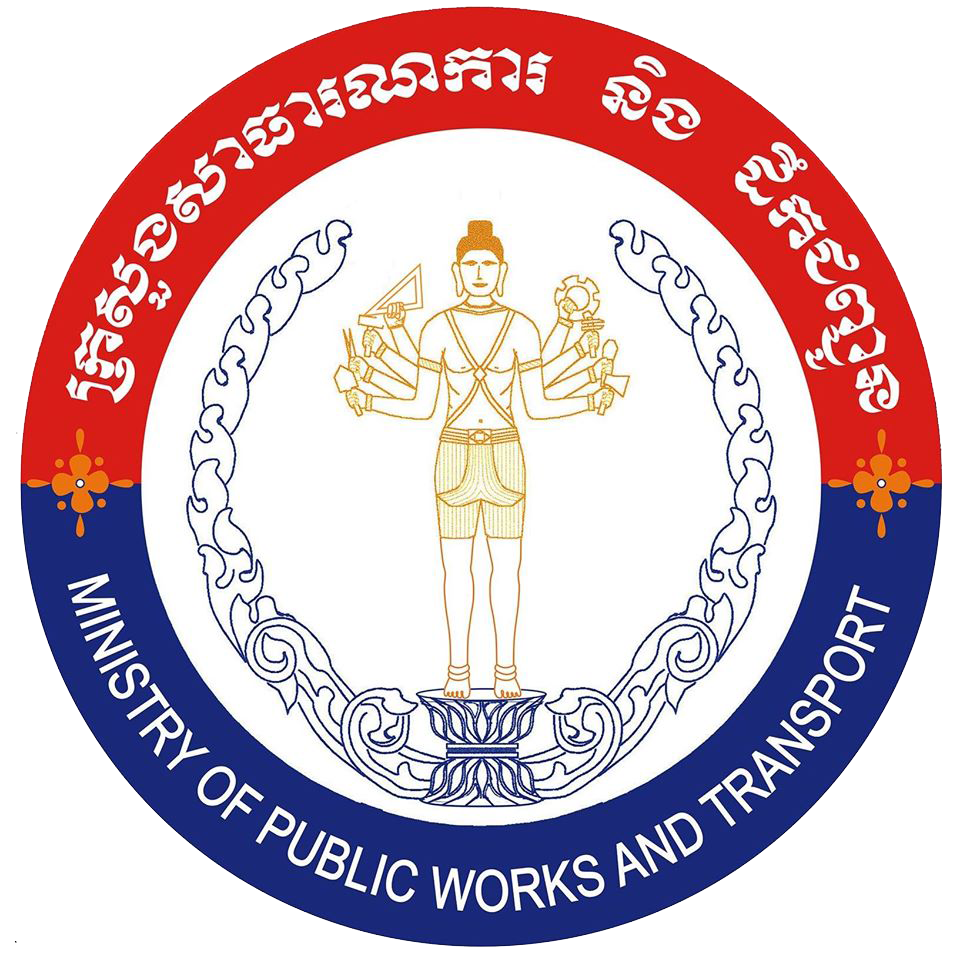- Home /
- Sectors /
- Infrastructure Sectors /
- Economic Corridors
Economic Corridors
The economic corridors and international border gates are the essential elements to promote the physical connectivity with other countries. The development of road transport network, sea and river ports, storage-transloading hubs, and cross-border transport infrastructures at the international border gates is contributing to and boosting trade activities in the country and is increasing regional and global trade competitiveness. The RGC, especially MPWT, is also making efforts to improve and develop infrastructures for transporting goods (routes, cross-border facilities/buildings, office space, accommodation for officials working at border gates, SSI buildings, parking facilities, logistics hub, warehousing, and parking space for trucks, etc.) at the key international border gates in order to facilitate transport of goods and cross-border trade.
There are three main economic corridors in Cambodia, linking to international markets: (1) Phnom Penh-Bavet, (2) Phnom Penh-Poi Pet, and (3) Phnom Penh-Sihanoukville. According to ADB’s 2019 Report on Cambodia Transport Sector Assesstment, Strategy, and Road Map, Cambodia’s exports via Sihanoukville Port account for 70% of total exports, Phnom Penh Port accounts for 27%, and Bavet and Poipet take 3%. Sihanoukville Port plays a major role in imports, accounting for 66% of the total imports, while Poipet accounts for 13% and Bavet for 11% . Similarly, JICA’s 2018 Report on Logistics System Improvement Master Plan of the Kingdom of Cambodia 2018-2025 indicates that imports and exports of cargos via Phnom Penh-Sihanoukville accounts for 68%, Bavet-Moc Bai accounts for 12%, and Poi Pet-Aranhprathet accounts for 8%. It is also noted that Poi Pet-Phnom Penh-Bavet Economic Corridor is part of the the southern economic corridor of the GMS linking major cities in the GMS region, including Bangkok, Phnom Penh and Ho Chi Minh.
Key International Border Gates
There are several border gates in Cambodia, among which Bavet-Moc Bai border (Cambodia-Viet Nam) and Poi Pet-Aranyaprathet (Cambodia-Thailand) are two of the key international border gates. At Bavet-Moc Bai border, the number of vehicles (cargo trucks and passnger buses) crossing the border were increasing 2014-2019, but somehow reduced in 2020 due to the global spread of COVID-19 pandemic. According to the Office of Customs and Excise, on the average, there were 430 inbound (200 outbound) vehicles crossing this boder in 2019—and it reduced to 249 inbound (113 outbound) vehicles in 2020.
For the Poi Pet-Aranyaprathet border, the traffic volumes crossing this border declined for five consecutive years (2016-2020). The cargo traffic volumes at this border accounted for 1,560,864 tons in 2020, which is a decrease of about 3% compared to the level in 2019. The main imports are construction materials and general goods. The decline for the five consecutive years (2016-2020) was due to the declined domestic market demand as well as flows of goods through other border gates along the Thai border and the spread of Covid-19. The number of transit vehicles in 2020 was 64,704 units, a decrease by 12% compared to 73,831 units in 2019.
Cross-Border Facilitation
To promote and facilitate cross-border transportation, Cambodia has implemented Memorandum of Understanding (MoU) with neighboring countries. Based on the latest MoU signed in 2012, Cambodia-Vietnam has a quota of 500 vehicles for transport operations through seven international border gates. In this sense, Cambodia registered 500 vehicles (387 passenger buses and 113 trucks) and Vietnam registered 500 vehicles (268 passenger buses and 232 trucks). On February 19, 2021, the two sides agreed to finalize amendments to the draft MoU on increasing the quota from 500 to 800 vehicles, pending for both governments to sign. In addition, on April 1, 2021, the Cambodian side also established a joint taskforce to improve transport operations at the Cambodia-Vietnam Border Gate, with three sub-taskforces: (1) Sub-taskforce in charge of Land Transport and Infrastructures; (2) Sub-taskforce in charge of Waterway Transport; and (3) Sub-taskforce in charge of Railroads.
Cambodia and Thailand have also been implementing the quota of 150 vehicles under the Cambodia-Thailand MoU on Exchange of Traffic Rights for Cross-Border Transport through the Poi Pet-Aranyaprathet Border Crossing Points of the GMS Cross-Border Transport Agreement. In this sense, Cambodia registered 45 vehicles (all passenger buses) and Thailand registered 140 vehicles (121 passenger buses and 19 trucks).
